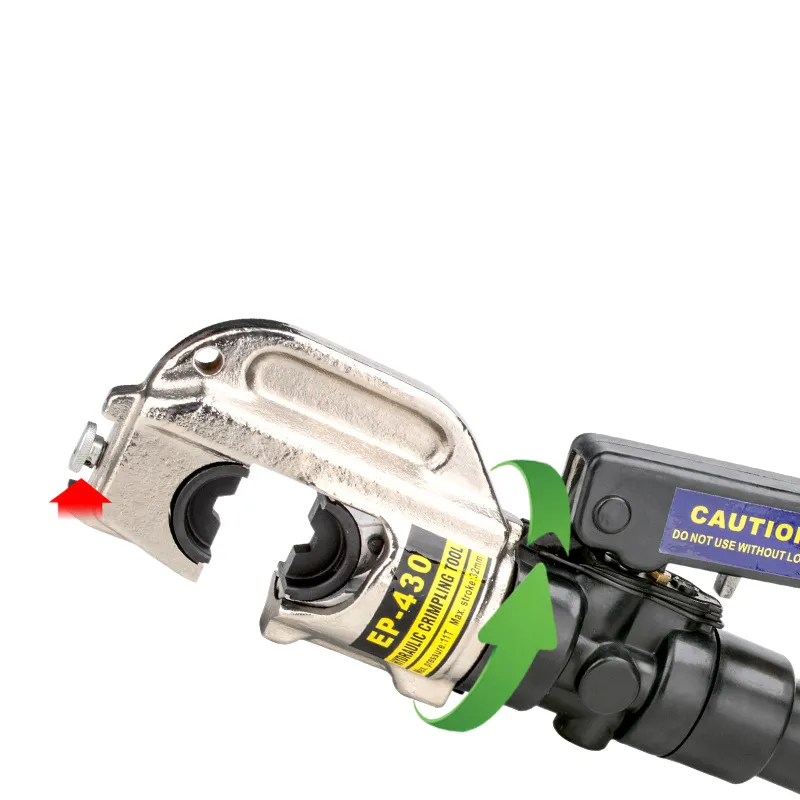
-
 Afrikaans
Afrikaans -
 Albanian
Albanian -
 Amharic
Amharic -
 Arabic
Arabic -
 Armenian
Armenian -
 Azerbaijani
Azerbaijani -
 Basque
Basque -
 Belarusian
Belarusian -
 Bengali
Bengali -
 Bosnian
Bosnian -
 Bulgarian
Bulgarian -
 Catalan
Catalan -
 Cebuano
Cebuano -
 Corsican
Corsican -
 Croatian
Croatian -
 Czech
Czech -
 Danish
Danish -
 Dutch
Dutch -
 English
English -
 Esperanto
Esperanto -
 Estonian
Estonian -
 Finnish
Finnish -
 French
French -
 Frisian
Frisian -
 Galician
Galician -
 Georgian
Georgian -
 German
German -
 Greek
Greek -
 Gujarati
Gujarati -
 Haitian Creole
Haitian Creole -
 hausa
hausa -
 hawaiian
hawaiian -
 Hebrew
Hebrew -
 Hindi
Hindi -
 Miao
Miao -
 Hungarian
Hungarian -
 Icelandic
Icelandic -
 igbo
igbo -
 Indonesian
Indonesian -
 irish
irish -
 Italian
Italian -
 Japanese
Japanese -
 Javanese
Javanese -
 Kannada
Kannada -
 kazakh
kazakh -
 Khmer
Khmer -
 Rwandese
Rwandese -
 Korean
Korean -
 Kurdish
Kurdish -
 Kyrgyz
Kyrgyz -
 Lao
Lao -
 Latin
Latin -
 Latvian
Latvian -
 Lithuanian
Lithuanian -
 Luxembourgish
Luxembourgish -
 Macedonian
Macedonian -
 Malgashi
Malgashi -
 Malay
Malay -
 Malayalam
Malayalam -
 Maltese
Maltese -
 Maori
Maori -
 Marathi
Marathi -
 Mongolian
Mongolian -
 Myanmar
Myanmar -
 Nepali
Nepali -
 Norwegian
Norwegian -
 Norwegian
Norwegian -
 Occitan
Occitan -
 Pashto
Pashto -
 Persian
Persian -
 Polish
Polish -
 Portuguese
Portuguese -
 Punjabi
Punjabi -
 Romanian
Romanian -
 Russian
Russian -
 Samoan
Samoan -
 Scottish Gaelic
Scottish Gaelic -
 Serbian
Serbian -
 Sesotho
Sesotho -
 Shona
Shona -
 Sindhi
Sindhi -
 Sinhala
Sinhala -
 Slovak
Slovak -
 Slovenian
Slovenian -
 Somali
Somali -
 Spanish
Spanish -
 Sundanese
Sundanese -
 Swahili
Swahili -
 Swedish
Swedish -
 Tagalog
Tagalog -
 Tajik
Tajik -
 Tamil
Tamil -
 Tatar
Tatar -
 Telugu
Telugu -
 Thai
Thai -
 Turkish
Turkish -
 Turkmen
Turkmen -
 Ukrainian
Ukrainian -
 Urdu
Urdu -
 Uighur
Uighur -
 Uzbek
Uzbek -
 Vietnamese
Vietnamese -
 Welsh
Welsh -
 Bantu
Bantu -
 Yiddish
Yiddish -
 Yoruba
Yoruba -
 Zulu
Zulu


Dec . 06, 2024 17:51 Back to list
wheel for measuring
The Power of a Wheel for Measuring Revolutionizing Precision and Efficiency
In engineering, construction, and various scientific fields, the necessity for accurate and efficient measurement cannot be overstated. One revolutionary tool that has emerged to enhance measurement capabilities is the wheel for measuring. This innovative device not only simplifies the process but also increases the precision of measurements, making it an invaluable asset in various applications.
The concept of a measuring wheel is straightforward yet profound. Typically, a measuring wheel consists of a wheel attached to a long handle, which allows users to roll the wheel along a surface to measure distances. A calibrated system, often equipped with a digital counter or an analog dial, records the distance as the wheel turns. This method of measurement offers several advantages, making it preferred for various tasks.
Firstly, the measuring wheel is designed for ease of use. Unlike traditional measuring tapes that require multiple readings and adjustments, a measuring wheel allows users to obtain measurements in a continuous motion. This is particularly beneficial when measuring large distances, such as in surveying land or planning construction sites. Users can simply walk the wheel along the desired path, and the display shows the exact distance traveled with minimal effort. This significantly reduces the time and physical strain associated with measurement tasks, making it an efficient option for contractors and engineers.
wheel for measuring

Moreover, the accuracy of measuring wheels has improved with technological advancements. Modern measuring wheels come equipped with features that enhance their precision. Many models use high-quality materials and designs that ensure the wheel rolls smoothly on various surfaces without unnecessary slippage or deformation. Additionally, digital displays provide clear readings and often include features such as memory functions, which allow users to store multiple measurements. This functionality is particularly useful during extensive projects, where keeping track of various measurements can become complex.
Another noteworthy aspect of measuring wheels is their versatility. They can be used in various fields, including landscaping, construction, real estate, and event planning. For instance, landscapers can efficiently measure large yards to determine the amount of soil or mulch needed, while construction managers can use measuring wheels to map out precise distances for foundations and layouts. Furthermore, real estate agents often rely on measuring wheels to provide clients with accurate property dimensions, enhancing their service and professionalism.
Additionally, measuring wheels have applications in sports and recreation. Coaches and athletes use them to measure distances on fields and tracks, ensuring that training remains aligned with competitive standards. In off-road activities, such as hiking or cycling, measuring wheels can help enthusiasts accurately gauge trails and distances, allowing for better trip planning.
In conclusion, the wheel for measuring is a remarkable tool that combines simplicity with precision, making it a staple in numerous industries. Its ease of use, enhanced accuracy, and versatility make it an indispensable resource for professionals and amateurs alike. As technology continues to advance, we can expect measuring wheels to evolve further, integrating even more sophisticated features while maintaining their fundamental purpose—providing accurate distance measurements efficiently. In an age where precision is critical, the measuring wheel stands out as a prime example of how a simple tool can transform practices across various fields.
Latest news
What Are Construction Tools and How Are They Used?
NewsJul.11,2025
Professional-Grade Duct Rodding Tools for Superior Cable Installation
NewsJul.11,2025
Enhancing Safety and Efficiency with Modern Hot Stick Solutions
NewsJul.11,2025
Empowering Cable Installation with Advanced Rodder Solutions
NewsJul.11,2025
Elevate Your Cable Installation Projects with Cable Pulling Tools
NewsJul.11,2025
Efficient Cable Handling Solutions: Cable Rollers for Sale
NewsJul.11,2025











